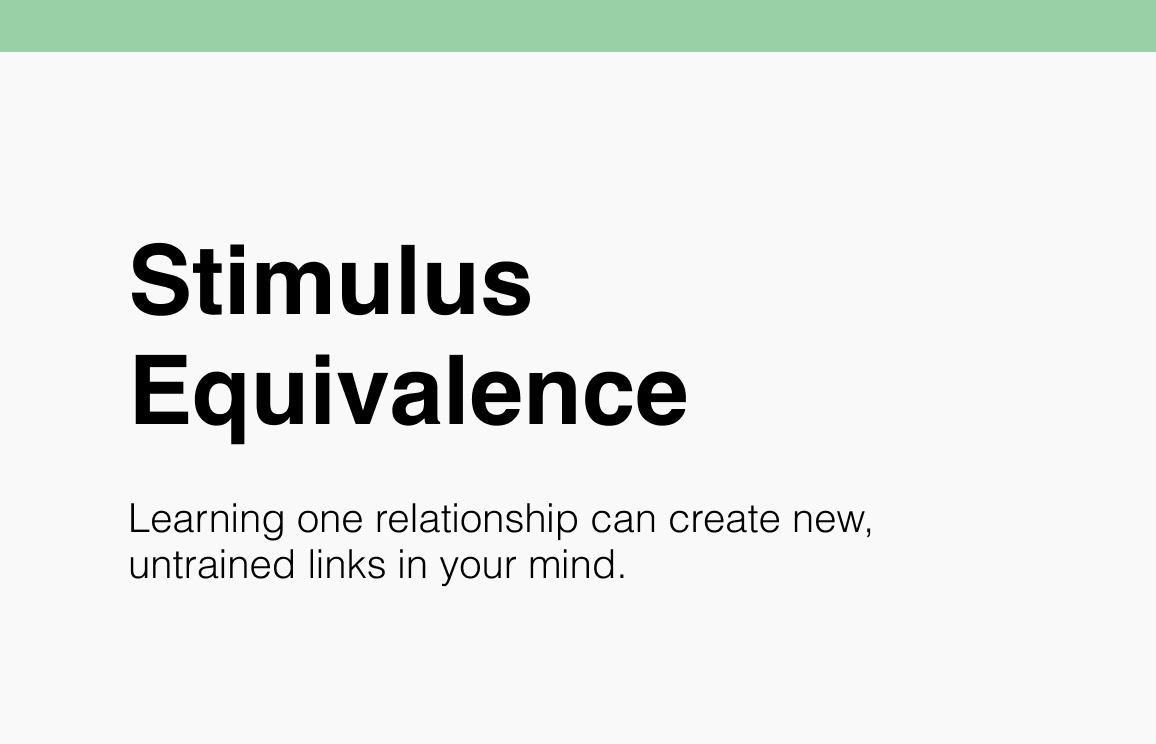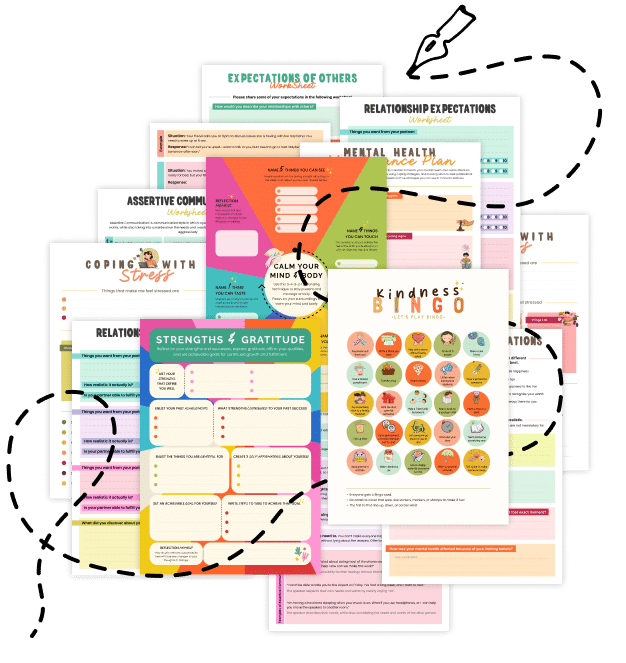20 Things You Should Know About Stimulus Equivalence
Explore this fascinating concept from behavior analysis—stimulus equivalence—that shows how our minds learn to group different but related cues together. Discover why it matters, how it’s studied, and its impact on everyday learning and cognition.
1. What Is Stimulus Equivalence?
Stimulus Equivalence is a process in which different stimuli—words, images, or objects—become interchangeable in our minds after specific learning experiences. Once formed, we respond to these stimuli as if they are the same, even though they may look very different.
2. A Key Concept in Behavior Analysis
Researchers in Applied Behavior Analysis (ABA) study Stimulus Equivalence to understand how people learn and categorize information. It’s particularly useful in educational settings and therapy programs.
3. Reflexivity, Symmetry, and Transitivity
Three core properties define Stimulus Equivalence:
- Reflexivity: Recognizing that a stimulus is equivalent to itself.
- Symmetry: Reversing a learned relation (if A = B, then B = A).
- Transitivity: Linking stimuli through a shared connection (if A = B and B = C, then A = C).
4. Everyday Examples
Think about how you might see the number “4,” read the word “four,” and then see four dots on a page—yet recognize all three as signifying “four.” That’s Stimulus Equivalence in action.
5. How Stimulus Equivalence Differs from Simple Association
Unlike basic associations (e.g., dog = bark), Stimulus Equivalence shows that once two relationships are established, your mind can automatically build new connections without extra training.
6. Why Stimulus Equivalence is Powerful for Learning
Stimulus Equivalence allows learners to grasp complex ideas quicker. By establishing foundational links, you can master related concepts with less repetition or direct teaching.
7. Impact on Language Development
Equivalence-based instruction can help students quickly map words to meanings or symbols. It’s often applied when teaching reading, vocabulary, and second languages.
8. Role in Concept Formation
Once you learn a core idea (like “currency”), your mind can include various symbols or bills under that category. This flexible grouping is partly explained by Stimulus Equivalence.
9. Applications in Special Education
Stimulus Equivalence techniques are used to teach language and communication skills to individuals with developmental disabilities, fostering faster generalization of concepts.
10. Training and Testing
Behavior analysts often use matching-to-sample tasks to teach equivalence: learners select matching pictures or words, and over time, untrained but related matches emerge.
11. Enhancing Cognitive Flexibility
By practicing Stimulus Equivalence tasks, you can boost mental agility. It helps your brain form new networks, making it easier to adapt to novel information.
12. Avoiding Rote Memorization
Stimulus Equivalence goes beyond memorizing pairs. It enables you to see the big picture and form “webs” of understanding, making recall more robust and versatile.
13. Emotional Connections
Sometimes, stimuli become equivalent due to emotional contexts. For example, certain songs, scents, or images can elicit the same emotional response if they were linked during a significant life event.
14. Potential Pitfalls
Over-generalization can happen if stimuli become linked in ways that aren’t truly accurate. Good instruction helps you form relevant equivalence classes and avoid confusion.
15. Influence on Decision-Making
In marketing, brands often aim to create Stimulus Equivalence: the logo, slogan, and product packaging all evoke the same sense of trust or desire—driving consumer choices.
16. Neuroscience Perspectives
Although research continues, scientists believe that brain networks supporting attention, pattern recognition, and language work together to create these equivalence relations.
17. Tools and Techniques
Computer-based training modules, flashcards, and structured ABA programs can systematically establish stimulus classes, speeding up the process of learning new concepts.
18. Real-World Example: Traffic Signs
Stop signs come in various shapes or languages, yet you recognize “stop” regardless of minor differences. This uniform response is maintained through Stimulus Equivalence learning.
19. Transferability to Other Skills
Once you master a set of equivalence relations, similar logic applies to new skills or domains. Recognizing how one concept fits into a broader network makes additional learning easier.
20. Related Topics to Explore
- Stimulus Discrimination Training: Delve into how we learn to distinguish between similar cues.
- Stimulus Generalization: Discover how responses spread to similar, but not identical, cues.
- Relational Frame Theory: Understand a modern approach that expands on equivalence relations.
- Context-Dependent Memory: See how learning and recall shift with environmental cues.
Quick Tips to Boost Your Understanding of Stimulus Equivalence
- Use Matching Tasks: Reinforce newly learned items by consistently pairing them with known cues.
- Group Ideas: Organize related concepts in clusters or mind maps to see their interconnectedness.
- Apply Real-Life Examples: Connect abstract lessons to everyday objects or situations to strengthen equivalence.
- Self-Test Regularly: Practice retrieving relationships you’ve learned—try to find untrained connections on your own.
- Stay Curious: Experiment with different topics and contexts to see how equivalence relations form and enhance your overall cognitive agility.
Stimulus Equivalence is more than an obscure term in behavior analysis—it’s a powerful window into how we naturally learn, classify, and interpret the world. By grasping these principles, you can supercharge your learning strategies, boost cognitive flexibility, and better appreciate the intricate ways your mind makes sense of everything around you. Share this article with anyone eager to deepen their understanding of human cognition and learning!


